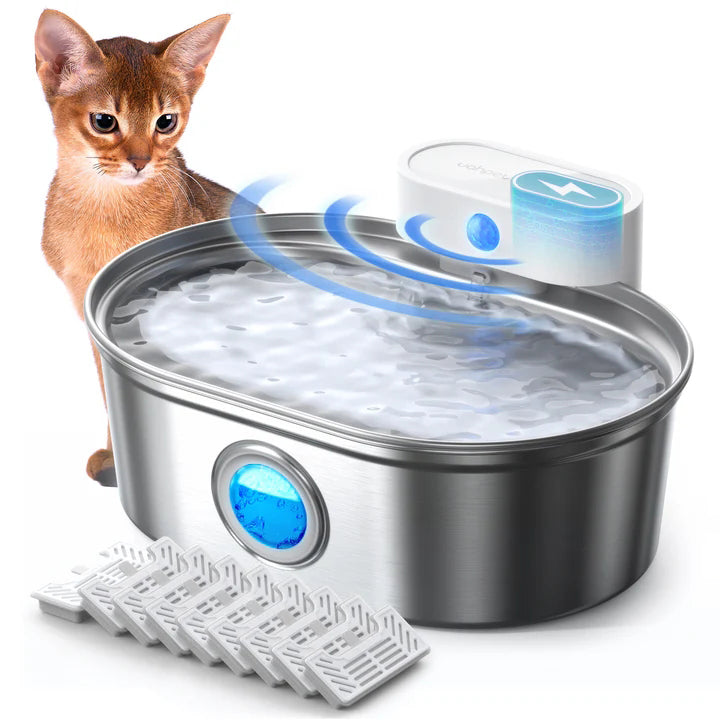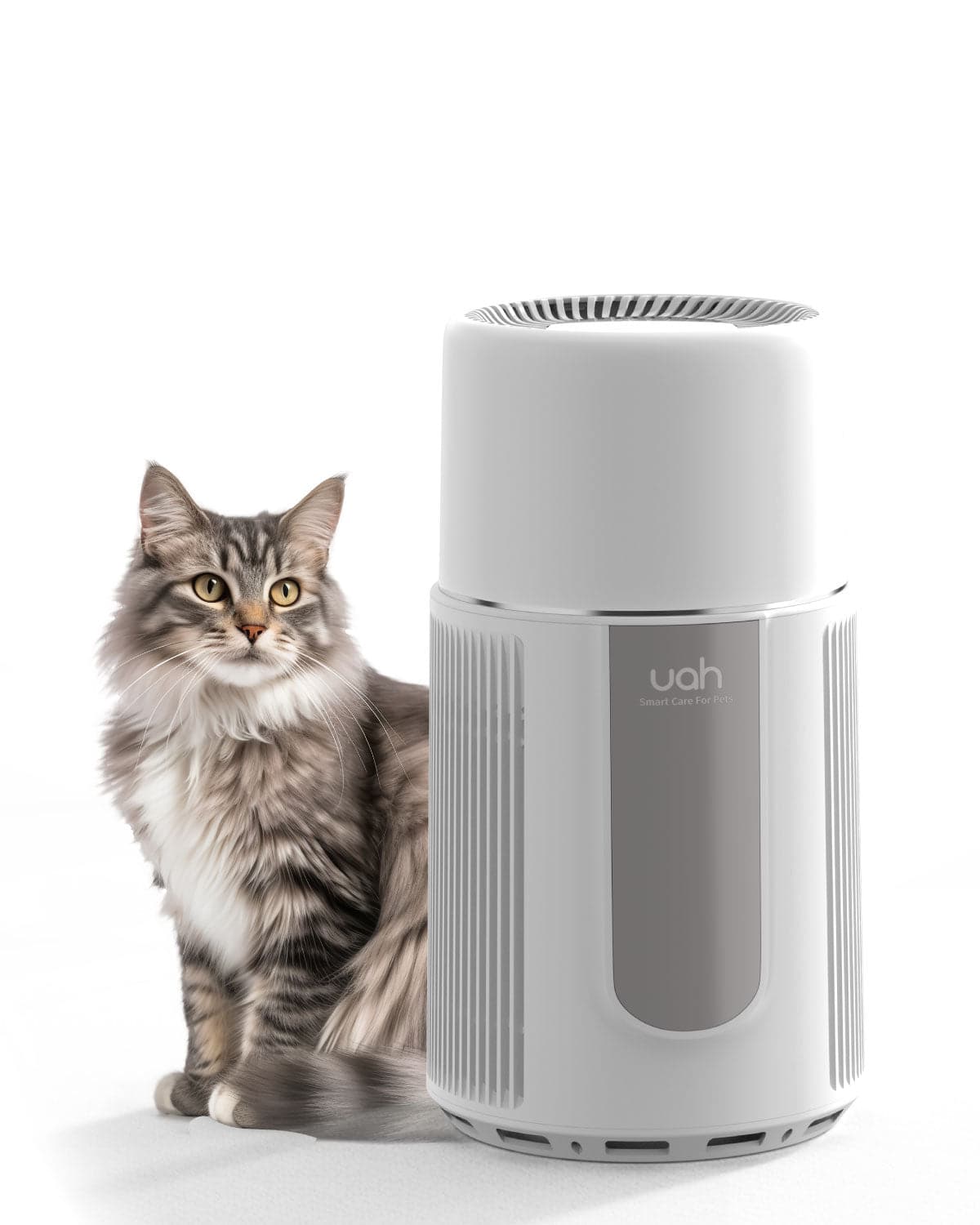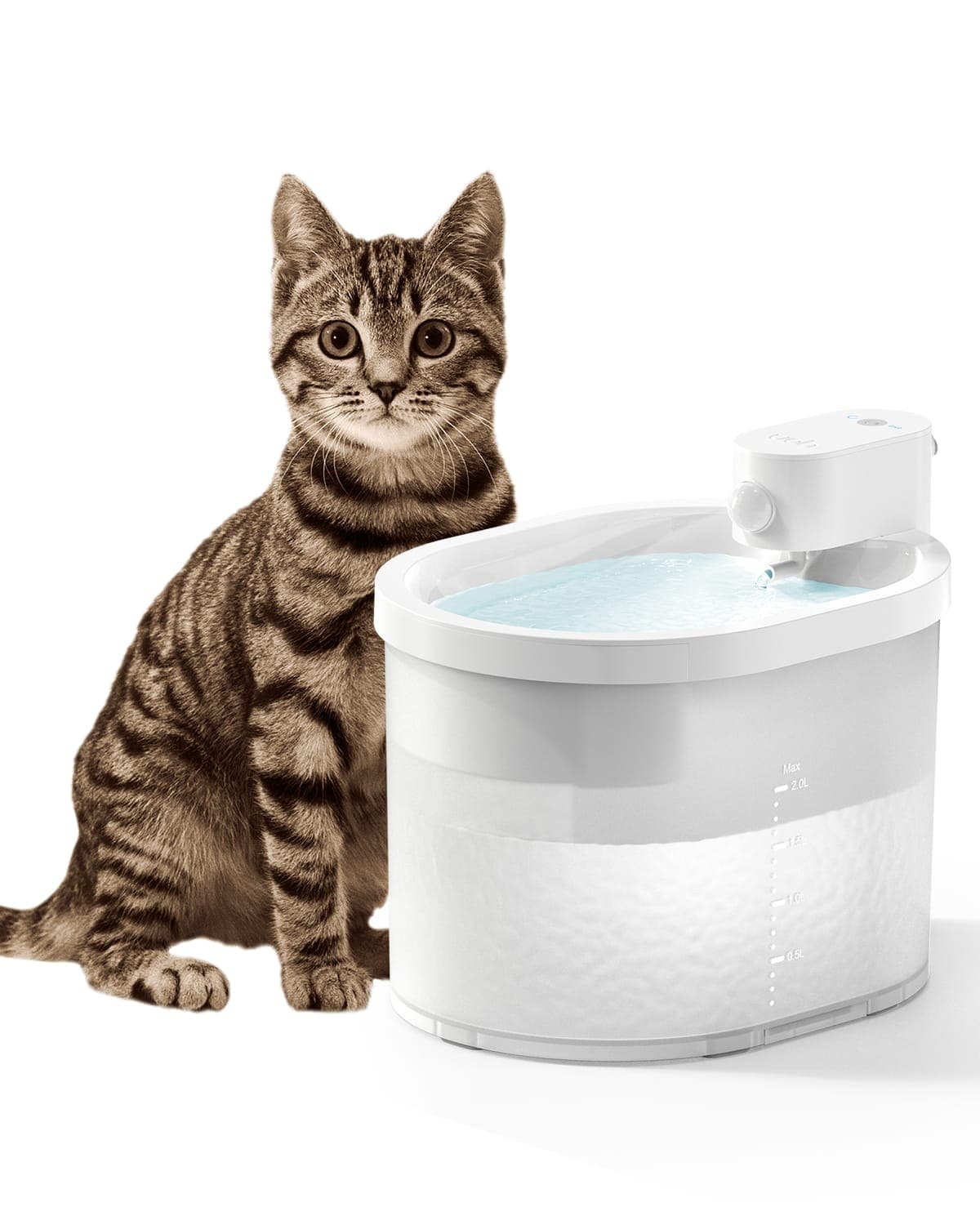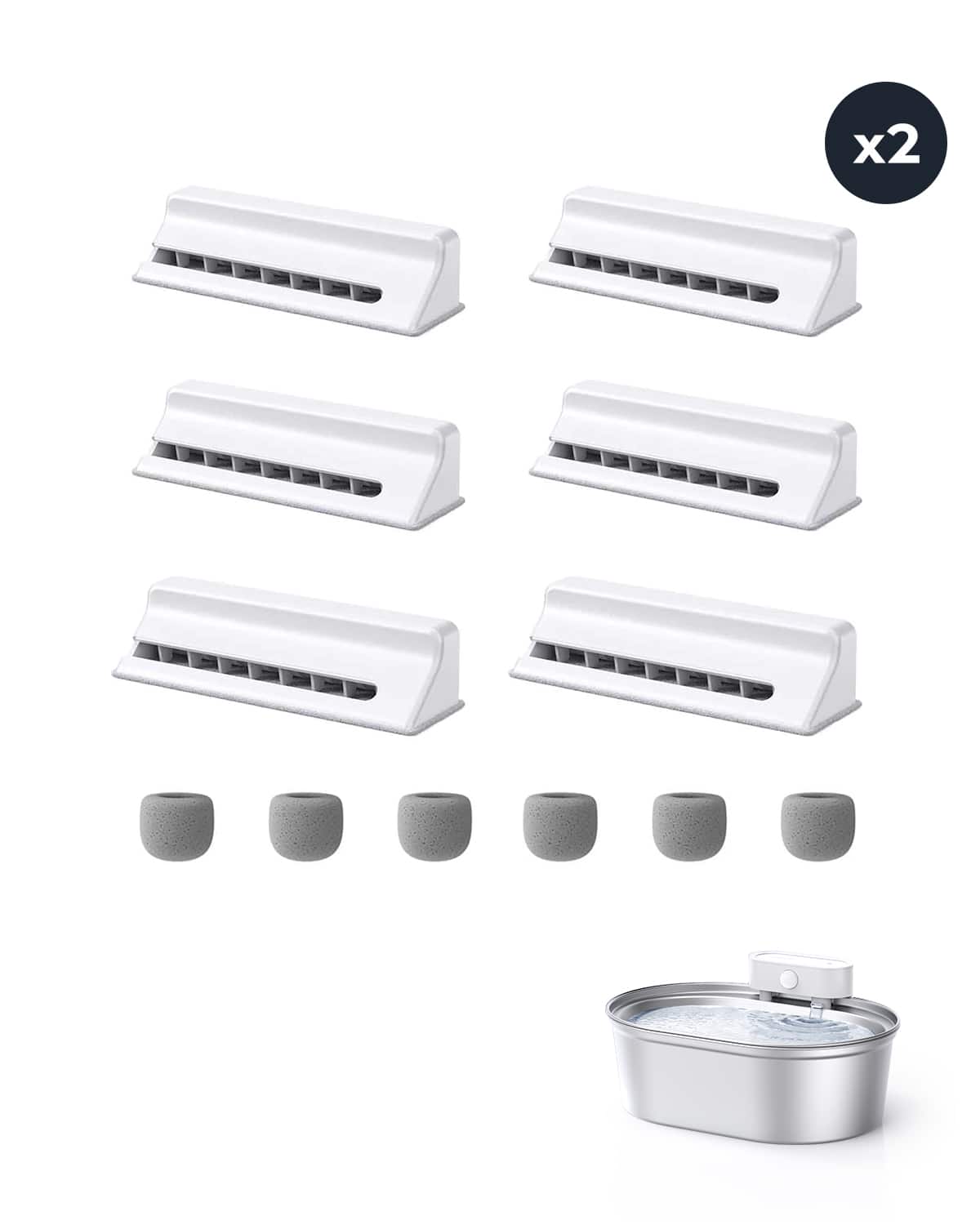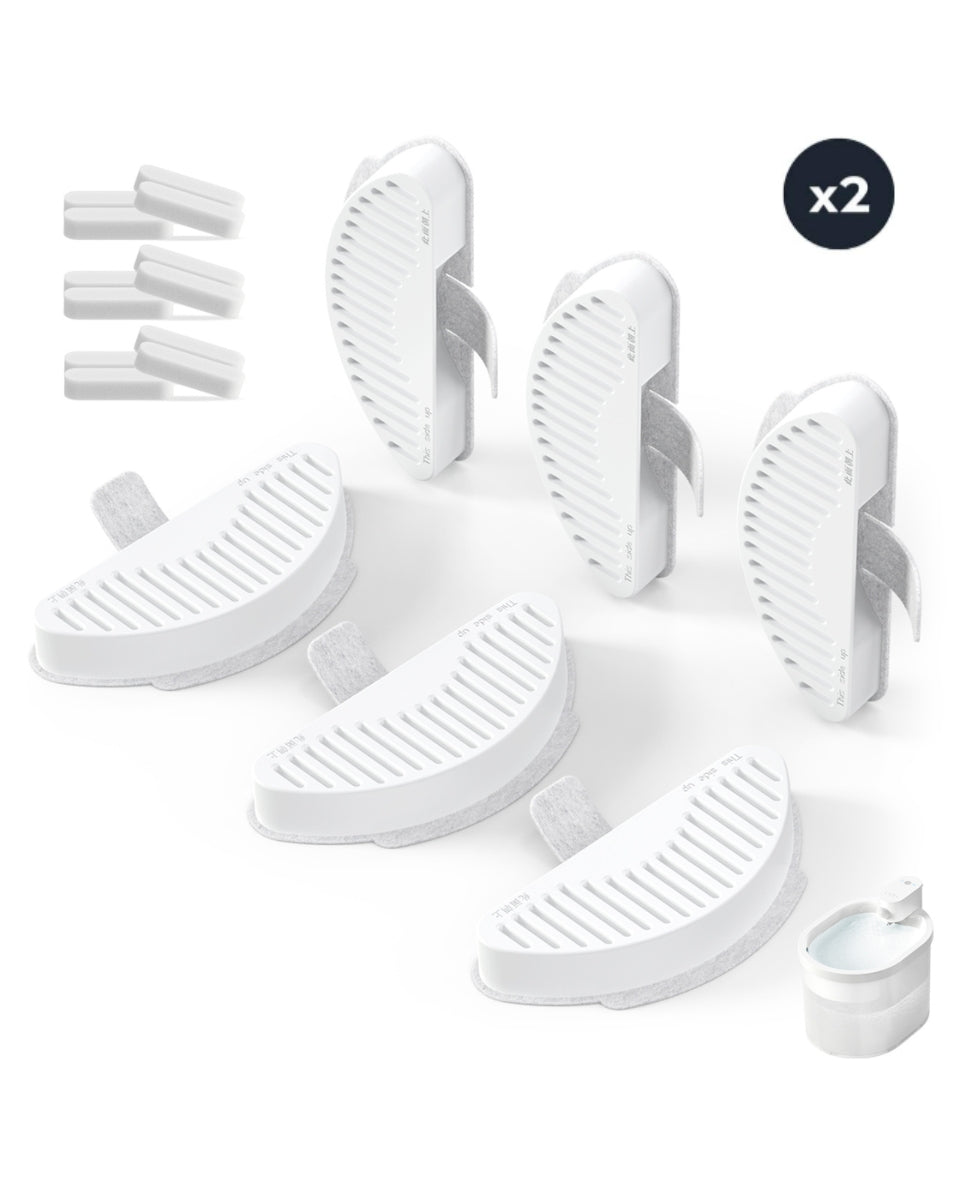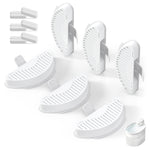When the summer sun is blazing, and the pavement feels like a frying pan, it's crucial to consider whether it's too hot to walk your dog. Dogs are not just our companions; they rely on us to make the best decisions for their health and well-being. Walking your dog in extreme heat can lead to serious health issues, including heatstroke, burned paw pads, and dehydration. This article will guide you through essential tips and alternatives to ensure your furry friend stays safe and comfortable during the hottest months of the year.
Understanding the Risks of Walking Your Dog in Hot Weather
Walking your dog in hot weather can pose significant risks. Dogs are more susceptible to heat than humans because they don't sweat through their skin. Instead, they rely on panting to cool down, which is less efficient in extreme heat. Additionally, the pavement can become dangerously hot, causing burns to your dog's sensitive paw pads. It's essential to recognize the signs of heatstroke, which include excessive panting, drooling, lethargy, and vomiting. If you notice any of these symptoms, it's crucial to seek veterinary care immediately.
How to Determine If It's Too Hot to Walk Your Dog
One of the simplest ways to determine if it's too hot to walk your dog is the five-second rule. Place the back of your hand on the pavement; if you can't hold it there for five seconds, it's too hot for your dog's paws. Additionally, consider the temperature and humidity levels. If the temperature is above 85 degrees Fahrenheit, it's generally too hot for a walk. Always check the weather forecast and plan your walks during the cooler parts of the day, such as early morning or late evening.
Alternatives to Walking Your Dog in Hot Weather
When it's too hot to walk your dog, there are plenty of alternatives to keep them active and entertained. Indoor activities, such as playing fetch in a cool, air-conditioned room, can provide both physical and mental stimulation. Puzzle toys and treat-dispensing toys are excellent for keeping your dog engaged. You can also consider setting up a small agility course indoors or teaching your dog new tricks. If you have access to a pool or a safe body of water, swimming is a fantastic way for your dog to cool off and get exercise.
Keeping Your Dog Cool and Hydrated
Hydration is key to keeping your dog cool during hot weather. Always ensure your dog has access to fresh, clean water. Consider adding ice cubes to their water bowl to keep it cooler for longer. You can also provide your dog with frozen treats, such as ice cubes made from chicken broth or frozen fruits like watermelon (without seeds). Additionally, using cooling mats or vests can help regulate your dog's body temperature. Never leave your dog in a parked car, even for a short period, as temperatures can quickly become life-threatening.
Protecting Your Dog's Paws from Hot Surfaces
Protecting your dog's paws from hot surfaces is essential during the summer months. If you must walk your dog, consider using protective booties to shield their paws from the hot pavement. Alternatively, walk your dog on grass or shaded areas where the ground is cooler. After your walk, check your dog's paws for any signs of burns or irritation. If you notice any redness or swelling, consult your veterinarian for appropriate care.
Recognizing and Responding to Heatstroke in Dogs
Heatstroke is a life-threatening condition that requires immediate attention. If you suspect your dog is suffering from heatstroke, move them to a cool, shaded area immediately. Offer them water to drink and use cool (not cold) water to wet their fur, especially around the neck and underarms. Avoid using ice or very cold water, as this can cause shock. Contact your veterinarian as soon as possible for further instructions. Prevention is always better than cure, so always be mindful of the temperature and your dog's behavior during hot weather.
Creating a Safe and Comfortable Environment for Your Dog
Creating a safe and comfortable environment for your dog during hot weather is essential. Ensure your home is well-ventilated and cool, using fans or air conditioning if necessary. Provide your dog with a comfortable resting area, away from direct sunlight. Consider using blackout curtains to keep the heat out during the day. If your dog spends time outdoors, make sure they have access to shade and plenty of water. Regularly check on your dog to ensure they are comfortable and not showing any signs of heat-related distress.
By taking these precautions and being mindful of the risks, you can ensure your dog stays safe and comfortable during the hottest months of the year. Remember, it's better to skip a walk than to risk your dog's health. With a little creativity and planning, you can keep your furry friend happy and healthy, even when it's too hot to walk your dog.


